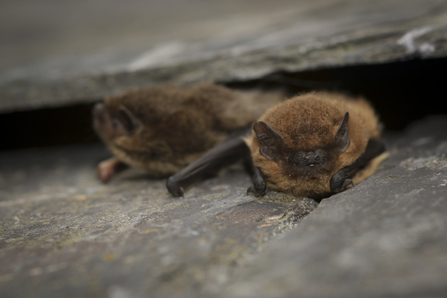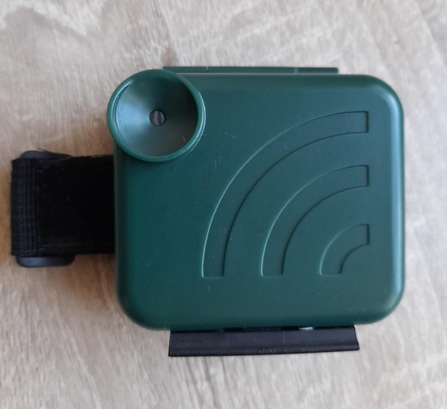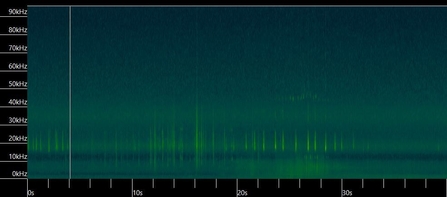I’m a Wildlife & Conservation student at the University of Salford currently on placement with The Wildlife Trust for Lancashire, Manchester and North Merseyside.
Over the summer months, I’ve been working with The Lancashire Wildlife Trust to lead a pilot scheme collecting bat data for the Greater Manchester area. The pilot tests the use of ‘AudioMoth’ bioacoustic recording devices to collect data from the field remotely.




